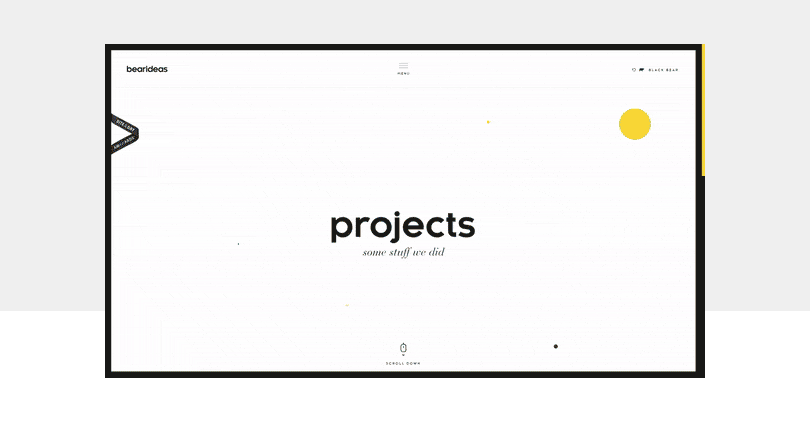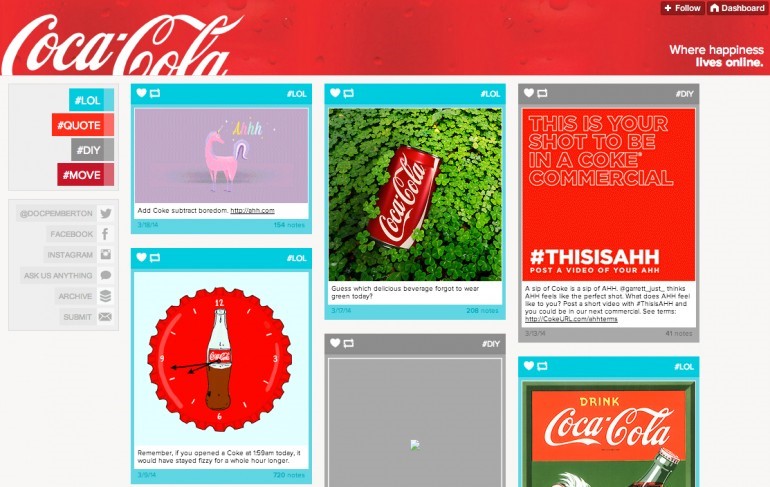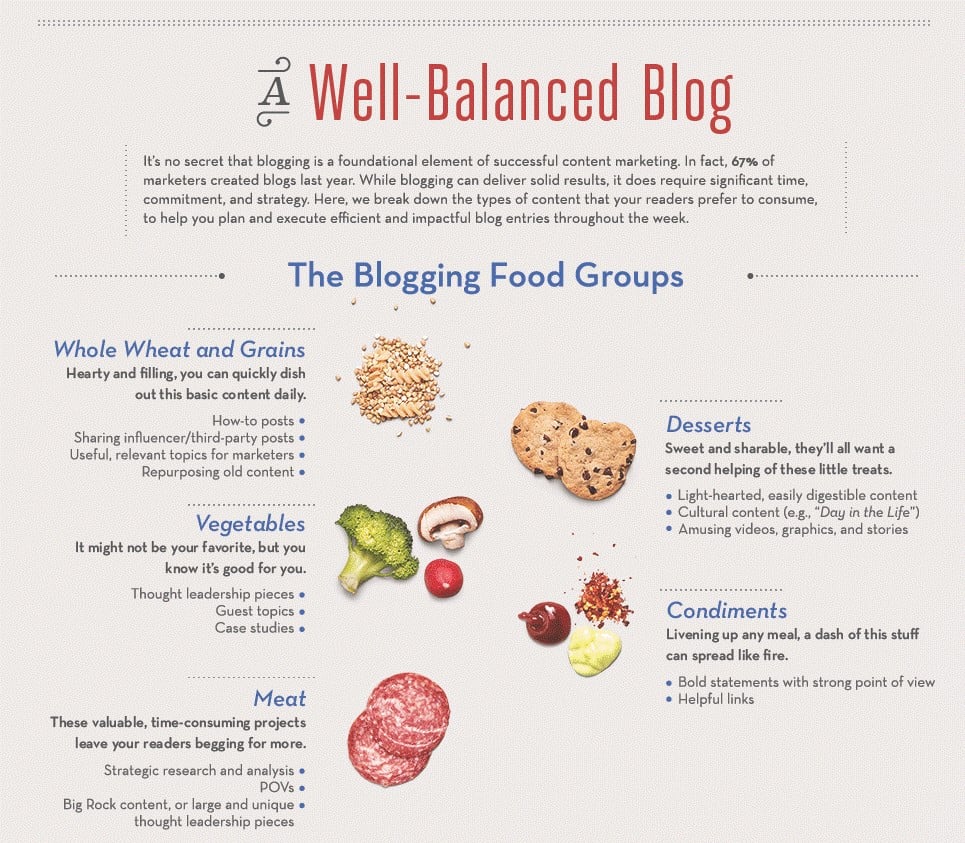No Inbound Marketing without visual content ! According to a study conducted by brainrules, it only takes 3 days to lose 90% of a piece of information that we have read.
On the other hand, if this information is accompanied by a relevant image, even after 3 days, we are able to retrieve 65% of it. Our memory capacities are therefore clearly superior when it comes to images.
We have entered the era of visual content !
Social networks, such as Pinterest, Instagram and Snapchat have revolutionized the way we consume content on a daily basis, and B2B marketers are taking note (51% of them consider visual content creation a priority).
If you add to that the fact that they 37 % listed visuals as the most important form of content for their business, it's clear that marketers understand the importance of quality visual content.
So what are the most effective types of visual content, and how do they fit into an inbound marketing strategy?
The visual content used in Inbound Marketing
Images
Whether it's your blog or social media, high-quality and relevant images are crucial to capturing visitors' attention and keeping them engaged.
According to Content Standard, articles with relevant images get 94% more views than those without images, and tweets with images receive 150% more retweets than their image-free counterparts.
The Coca-Cola Tumblr blog includes many attractive images.
The videos
This is unquestionably the preferred format for consumers.
According to this study by HubSpot, 54% of consumers want to see video content when it comes to businesses.
Whether it's Facebook Live or limited-access videos (which require a visitor to fill out a form to gain access), B2B companies have a variety of opportunities to present video content to their target audience.
Need some inspiration? Make a product demonstration video or a short video explaining how your company can solve a common problem.
Here's a particularly compelling example : a user storytelling from Evernote.
Infographics
Infographics infographics are easier to digest than regular text and have climbed in popularity lately because of their visual appeal.
They are most often used in blog posts to help tell a story or to share complex data in a more intelligible way. In addition, they drive conversions !
LinkedIn uses a visual metaphor to communicate information.
Call-to-action (CTA)
The use of a CTA is the favored way to capture conversions on a blog post, as it encourages visitors to take action.
A graphic CTA costs more than a simple line of text with a link, but the benefits are worth it. By inserting a custom image that can be added into your content, it's much more likely that your CTA will encourage your audience to engage.
This is an authentic Super Agency CTA!
Website animations
Some of the most common website animation techniques include drop-down and sliding menus, fade-in effects, parallax, and hover effects (e.g., buttons and overlay text).

Fade-in effects are a simple but effective technique for grabbing visitors' attention. It's a good way to highlight the titles of each blog post, for example.
SlideShare presentations
You used to only be able to see presentations in the conference room, but slide hosting services like LinkedIn's SlideShare have made it easy to share them publicly on a web page or blog.
Think about creating a SlideShare presentation that highlights the company's culture and don't be afraid to use icons and illustrations to make a statement.
Three decisive impacts for your Inbound Marketing
Recognizing the importance of visual content is critical to building an Inbound Marketing strategy. And it's even more important to understand the shift in consumer desire. They want visual content rather than written content.
While images, videos and CTAs are already essential elements of an Inbound Marketing strategy, infographics, website animation and presentations are becoming must-have visual content. But why ?
Impact #1 : More engagement and conversion
According to BuzzSumo, Facebook posts with images generate 2.3 times more engagement than those without images.
Since visual content tends to keep visitors more engaged than plain text, visitors are more likely to stay on a specific webpage longer, consume additional content, and fill out a form.
The more visual content you can introduce into your arsenal, the higher the likelihood of attracting visitors and converting them.
Impact #2 : Better SEO
Compelling visual content, such as infographics and videos, always has a chance to go viral on social media. This not only increases your reach and boosts brand awareness, but also provides more opportunities for inbound links.
Reputable sources that find your content particularly useful may want to link to this new video or infographic in their next blog post, which can improve your SEO.
Visuals help increase your ranking in SERPs.
Impact #3 : More value throughout the conversion funnel
The advantage of visual content is its relevance throughout the conversion funnel. While blog posts are meant to create value at the top of the funnel, visual content, such as videos and infographics, can be used to nurture leads and turn them into customers. Some examples include product demonstration videos and thoughtful CTAs, which are meant to create value in the middle and bottom of the funnel
Still waiting to create that first infographic? Is animating your website part of your plans? Hopefully, you are now seeing the impact that well-planned and executed visual content can have in your Inbound Marketing strategy. Don't wait and take action!












